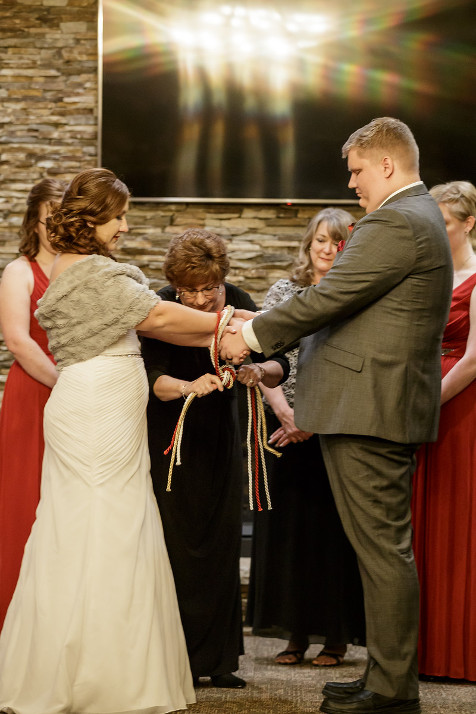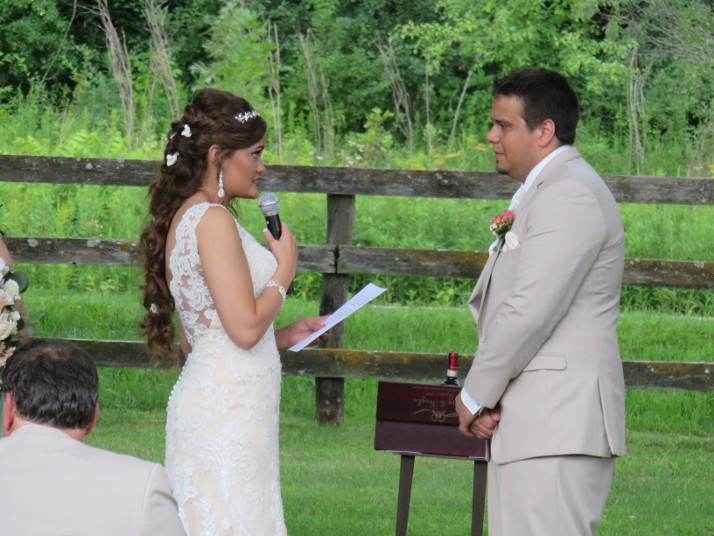Modern Wedding Parties, Leaving Tradition Behind
Modern wedding parties can look very different than your parents’ wedding parties. Couples are leaving tradition behind as they seek to surround themselves with the people most important to them on their wedding day. Same sex couples have taken the lead in redefining the rules for wedding parties, and everyone is benefiting.
Traditionally, the bride had a number of female friends and/or relatives stand with her as bridesmaids, and the groom had an equal number of men stand with him. These days couples are more concerned with having the most significant people in their lives share in the wedding day as attendants. Gender no longer matters, so if a bride has one sibling who happens to be a brother, he can serve as her honor attendant or man of honor. Similarly, a groom can have his sister stand with him as his honor attendant or best woman.
Another tradition that is being left behind is the idea that the couple must have the same number of attendants standing with them. If one partner has 3 “besties” and the other partner has 2… or 4, it’s fine. Attendants can enter singly or as trios, or as combinations of pairs and trios. Two men or two women can enter together by simply walking next to each other (no need to link arms or have one escort the other).
With the traditions falling away and modern wedding parties becoming more eclectic, you may need to decide how you want your attendants to dress. Do women standing up for a groom wear a tux, a matching bridesmaid’s dress, or possibly a dress in the color of the tuxes or suits that male attendants for the groom are wearing? And conversely, do men standing up for the bride wear attire to match the groomsmen (possibly with a tie and pocket square to match the bridesmaids’ dresses), or possibly a suit or tux to match the bridesmaids’ dresses if possible – think navy blue or cream?
As a couple, you have free rein to select the people you wish to have join you as your wedding party. You can decide with them what you want them to wear. Your celebrant can help you figure out the logistics for the processional and recessional. The important thing is to have the special people in your life closest to you during the ceremony and reception as you celebrate your special love.


